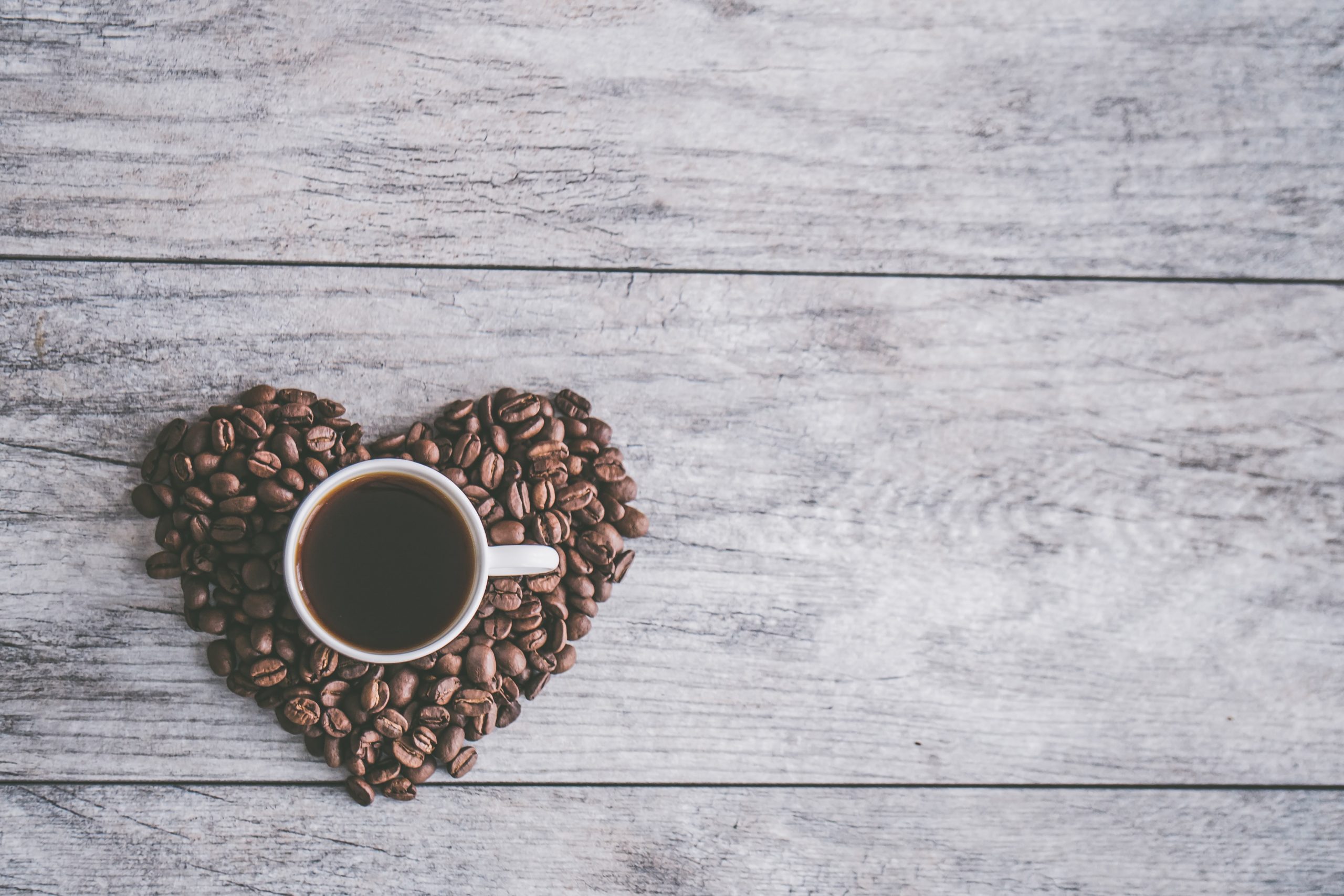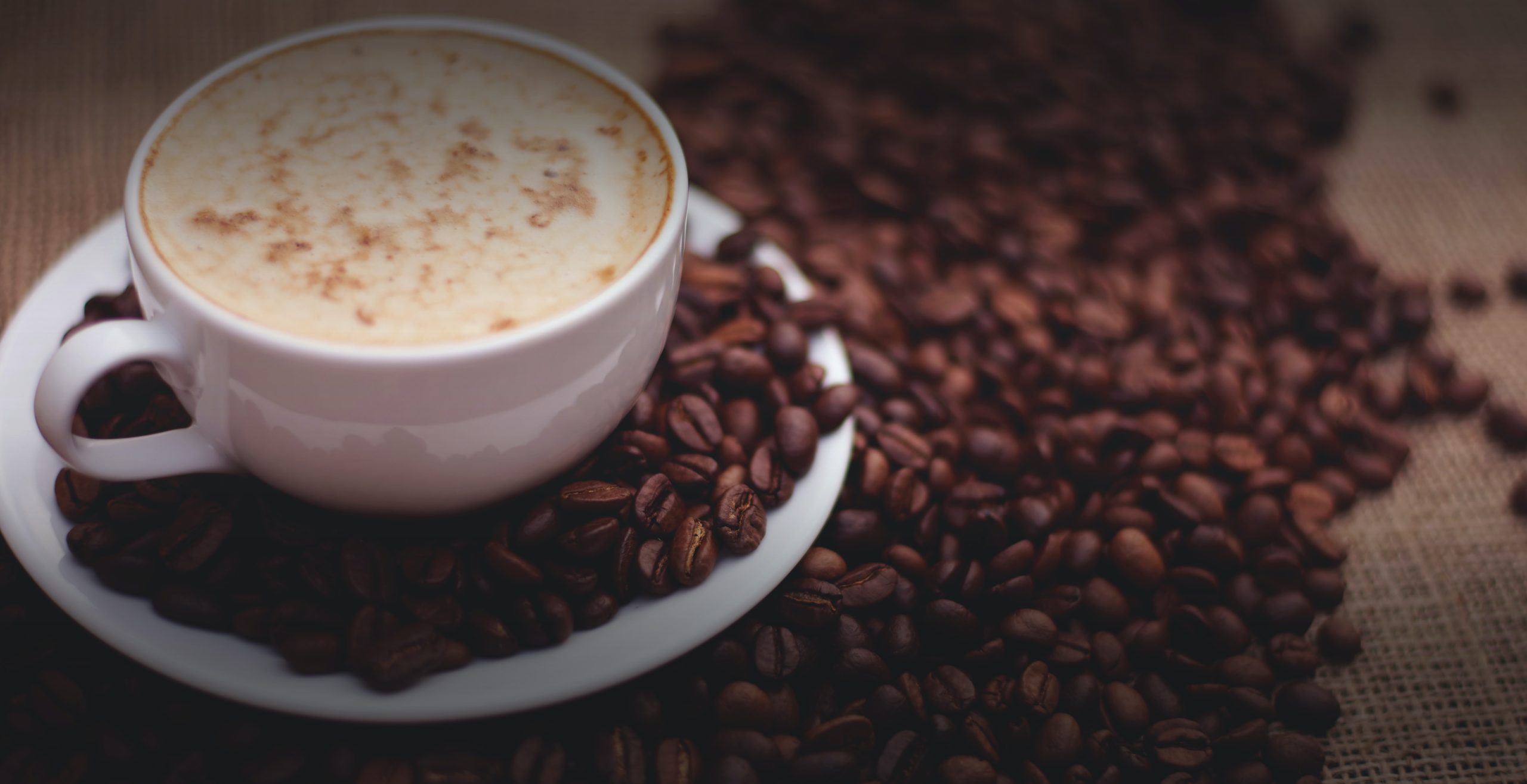You can get the same amount of focus and energy from Mud/WTR without the crash. In the event you’ve heard of Mud/Wtr before, you’re aware of the steep price associated with purchasing directly from the company. A mud WTR recipe that my husband and I developed tastes precisely like the store-bought version.
An organic coffee substitute praised for its health and longevity advantages by societies young and old. Each and every component used in MUDWTR is certified organic by the U.S. Department of Agriculture (USDA).

Chai With Masala Flavoring
There is a tad of caffeine in this powdered black tea from 100 percent organic sources, as well as a slew of flavorful spices like ginger, cardamom, nutmeg, and black pepper, as well as cinnamon and cloves.
Chai is similar to pumpkin spice tea if you enjoy seasonal pumpkin pie drinks. This is the starting point for a flavor profile that aims to be as complex as coffees. In addition, the spice mixture is good for digestion.
Lion’s Mane
An attractive white mushroom with a shaggy appearance, the lion’s mane is used in Chinese and Japanese medicine for its anti-inflammatory and antioxidant properties as well as for improving memory and concentration.
Reishi
These kidney-shaped fungi, known as the “king of mushrooms,” are high in immune-boosting polysaccharides and beta-glucans. It has also been discovered that Reishi mushrooms have soothing properties, and their slightly bitter taste goes well with tea and cacao.
Chaga
Chaga mushrooms, which grow on birch trees and prefer cold climates, have a mild, pleasant flavor that’s nutty with a hint of vanilla. In traditional medicine, Chaga has been used for centuries because of its high concentration of antioxidants and phytonutrients as well as vitamins, minerals, and fiber. Anti-inflammatory properties are well-known for this herb.
Cordyceps
By adding an earthy umami note, this fungus elevates MUDWTR’s flavor profile to the next level. Antioxidants and other properties, on the other hand, support long-term energy and improve performance and endurance.
Using Mud WTR Has Many Benefits
We know what mud coffee is made of, so let’s talk about what it can do for you. A cup of coffee in the morning is a ritual for many people, and they aren’t concerned with the pros and cons of the beverage. However, I doubt that I fall into that category.
After a month of experimenting with mud water coffee, I’d like to share with you the many advantages it provides.
Alertness
The first and foremost effect that I noticed was an increase in alertness without jitters. Most people get jittery and anxious after drinking coffee, but this mud water has none of those side effects.
An Immune System That Is Functioning Properly
Mud water is more than just a quick pick-me-up. Instead, it has an effect on your entire body and mind. Mud water boosts immunity thanks to the presence of immune-boosting mushrooms such as Reishi and Chaga.
When you consume this drink on a regular basis, your immune system will benefit as well as your overall health.
A Source Of Additional Energy
Coffee is popular among those who want to boost their energy levels (especially in the morning). Coffee, on the other hand, gives me the jitters and may be harmful to my health. The mudwater is also a good option if you want something healthy. Though other mushroom coffees, like Four Sigmatic, are available on the market and have their own advantages, you can read a comparison of MUD WTR and Four Sigmatic here.
Because of the inclusion of Cordyceps and Cacao, this is a powerful energy enhancer. Using this product will give you the energy you need without putting your physical or mental health at risk.
It Helps To Develop Mental Agility
For those who have trouble concentrating and remembering things when they first wake up in the morning, mud water may be the answer. In this case, having Lion’s mane is an absolute must. Lion’s mane is well-known for sharpening concentration and preserving long-term memory.
Your life will be transformed like never before if you drink a cup of this enchanted beverage. With only a few days’ use of the Mud WTR, you’ll notice a marked improvement.
Taste For The Unusual
Finally, there’s the flavor, which I prefer to refer to as an exotic taste. The mud water has a strong flavor, much like coffee. Although it’s just a cup of coffee, the unique combination of ingredients elevates it to a new level. With a single cup serving, you can sample a variety of flavors.
If you’re a fan of Chai, you’re going to fall in love with this (saying that based on my firsthand experience). So, what exactly are you putting it off until now? Start your day off right with this delicious morning beverage.












